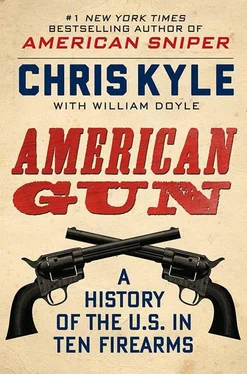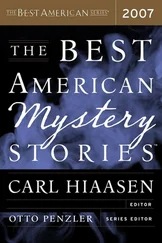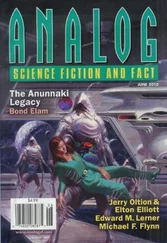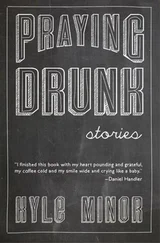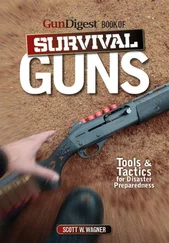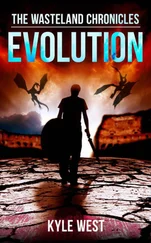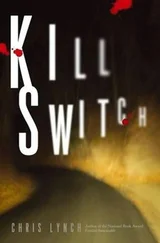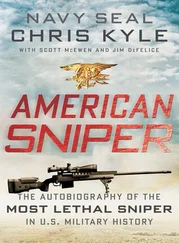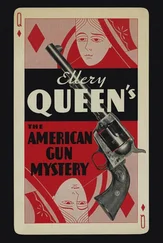You can’t win a war in your head, but if your head ain’t right, you’ve got no chance at all.
The Civil War was the world’s last muzzleloader war. By its end, breechloaders increasingly dominated the battlefield. The potential of multiple-shot rifles was also clear. The Spencer Repeater anticipated some of the watershed gun platforms that would arrive in the future, like the automatic rifle, magazine-feeders, self-loading rifles, and the Tommy gun.
But while it helped end the Civil War, the Spencer would not have a major role in the next great American challenge, the winning of the great frontier. Two other revolutionary firearms stepped up to meet the challenges posed by the wild American West.
3
THE COLT SINGLE-ACTION ARMY REVOLVER
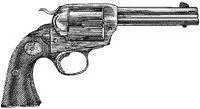
“The good people of this world are very far from being satisfied with each other and my arms are the best peacemakers.”
—Samuel Colt, 1852
On the morning of June 8, 1844, a Texas Ranger spotted a beehive up in a tree near a creek in the Hill Country of central Texas. With the scent of honey tempting his taste buds, the young lawman climbed the branches halfway up to inspect the bounty. Then he froze.
“Captain,” shouted the Ranger to his commander on the ground, the legendary Texas Ranger Captain John Coffee Hays, “yonder comes a thousand Indians!”
The hour-long firefight that followed became known as the Battle of Walker Creek, or “Hays’ Big Fight.” The tussle marked a new era of American history and westward expansion, one where the balance of power shifted decisively to the white settlers moving into the western expanse. It was also part product and part symbol of a vast awakening of American industry, which would eventually see factories producing millions of guns. This boom would continue through the Civil War and beyond, reaching its peak in 1873 with a masterpiece of design and performance, the Colt Single Action Army revolver, aka Model P, M1873, Single-Action Army, SAA, Colt .45, and my favorite tag of all, Peacemaker. Just the fact that it has this many nicknames tells you it’s a hell of a gun.
But the Colt 1873 did not spring up from dust, whole-formed as a sidearm so perfectly suited to its needs and surroundings that you can’t picture the West without it. In a way, it all began back in the summer of 1844 with those sixteen Texas Rangers, each armed with two copies of a fragile-but-revolutionary .36-caliber pistol called the Colt Paterson revolver, the grandfather of the Peacemaker.
To that date, most successful handguns were one-shot models. Horse pistols, meant to be used by cavalry and others on horseback, were single-shot pistols too long and awkward to hang from your hip or properly strap to your leg. Often sold as a pair, a man would holster them on either side of his saddle, giving himself two shots before having to reload. When Meriwether Lewis went exploring the continent on President Jefferson’s dime, he most likely chose the military standard Model 1799 North & Cheneys. Like the muskets and rifles of the time, these guns used a flintlock mechanism and were loaded from the front of the barrel. The North & Cheneys fired the same-sized ball as the Army’s musket, which made for convenience all the way around.
Compare that to the Colt Paterson the Rangers were carrying. These early Colts featured a nine-inch barrel and a revolving cylinder that enabled the shooter to let loose with five rounds before reloading. The design seemed to hold promise, and the weapons had done well in testing. The only problem was, they had yet to see action.
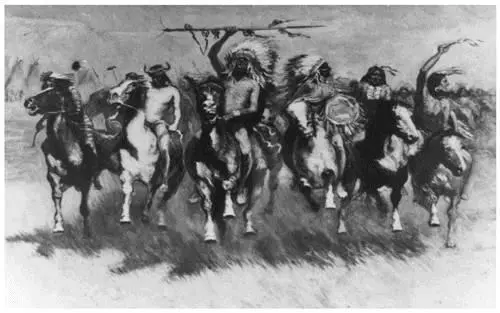
Frederic Remington’s depiction of a mounted assault by Plains Indian warriors.
Library of Congress
The Indians were about to correct that. With an exclamation mark and a good bit of underlining. Some eighty warriors rode toward Hays’ Rangers. Most of the Indians were Comanche, with a few Waco Indian and Mexican allies sprinkled in. Eighty is a lot less than a thousand, but we can forgive the young lawman’s exaggeration given the reputation of the Comanche—each brave may have fought like ten ordinary men. Armed with lances, war clubs, spare horses, and bows and arrows, the Comanches were the most highly skilled light cavalry troops in the world. In 1844, the nomadic Comanche were the undisputed rulers of a vast swath of the country’s interior named the “Comancheria,” almost a quarter-billion square miles that centered on the southern Great Plains.
Each of the sixteen Texas Rangers was armed with two copies of the Colt.
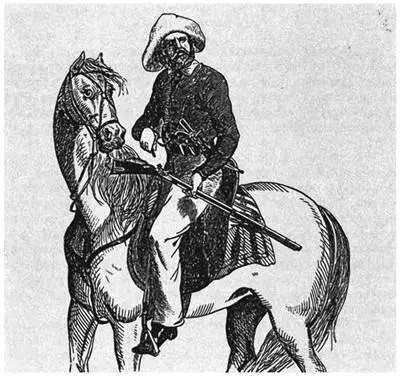
Sketch of an early Texas Ranger. First organized by Stephen F. Austin, the Rangers protected settlers from bandits and hostile Native Americans.

The Colt Paterson revolver, the weapon Texas Rangers used against Comanches in 1844. The publicity would make Samuel Colt famous—and launch an American icon.
Peter Hubbard
A typical Comanche tactic was to send scouts ahead to taunt their enemy, then fall back and lure their opponents into a trap where they would be showered by arrows. Another was simply to provoke an initial volley of fire and then rush their opponents before they had time to reload. Before this day, when the Texas Rangers were mainly stuck with single-shot, slow-reloading pistols and rifles, those tactics were deadly effective. In the time it took to reload, a Comanche could serve up a half-dozen arrows, launch a spear, or pick a prime spot of flesh to test the weight and edge of his tomahawk.
When Captain Hays saw the Comanches trying their usual tactics, he knew exactly what was going on. Rather than taking the bait, he took his fifteen mounted men and circled around the Indians’ position, galloping up a hill behind them.
“They are fixin’ to charge us, boys,” Hays yelled, “and we must charge them!”
The Rangers readied their long guns. Hays told them to hold off firing until their foes were close—damn close.
“Crowd them!” he ordered, “Powder-burn them!”
The Rangers set off. The Comanches, confident in their superior numbers, met the charge. All hell broke loose as the rifles cracked. Then, instead of pulling off to reload, the Rangers drew their pistols and commenced to give the Comanches a whoopin’.
In the running, three-mile battle, the highly disciplined Rangers thinned the Indian ranks with a vengeance. Fighting on horseback and hand to hand, the Texans whipped the much larger force from one end of the scrub to the other. The Colt Paterson was a cap and ball pistol, which meant that the powder, ball, and cap were loaded separately. To get this done, you had to take a fair amount of the gun apart. If you’ve ever been to a black powder meet, you know this can be a daunting task to perform under pressure, let alone on a horse. But the Rangers likely had come prepared with preloaded cylinders, and worked themselves in relays, with one group firing away while the other swapped out their empties. Even this would have been a trial in combat, but however they managed it, they kept firing away at those Comanches.
Finally, a stunned Chief Yellow Wolf tried to rally the remaining warriors for a counterattack. With his Rangers running down on ammo, Hays called out to his troops, “Any man who has a load, kill that chief!” A Ranger named Robert Gillespie came forward, took aim, and struck the Comanche leader in the head. The Indians fled.
Читать дальше
